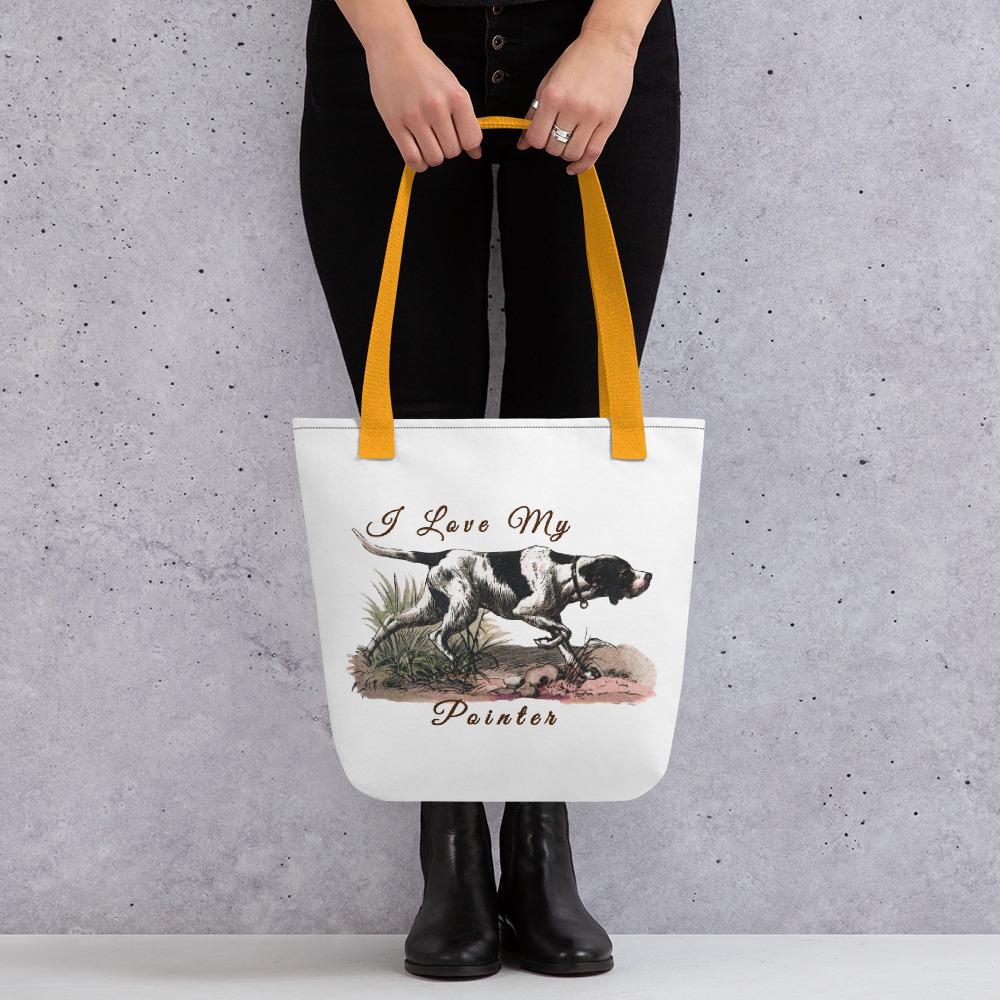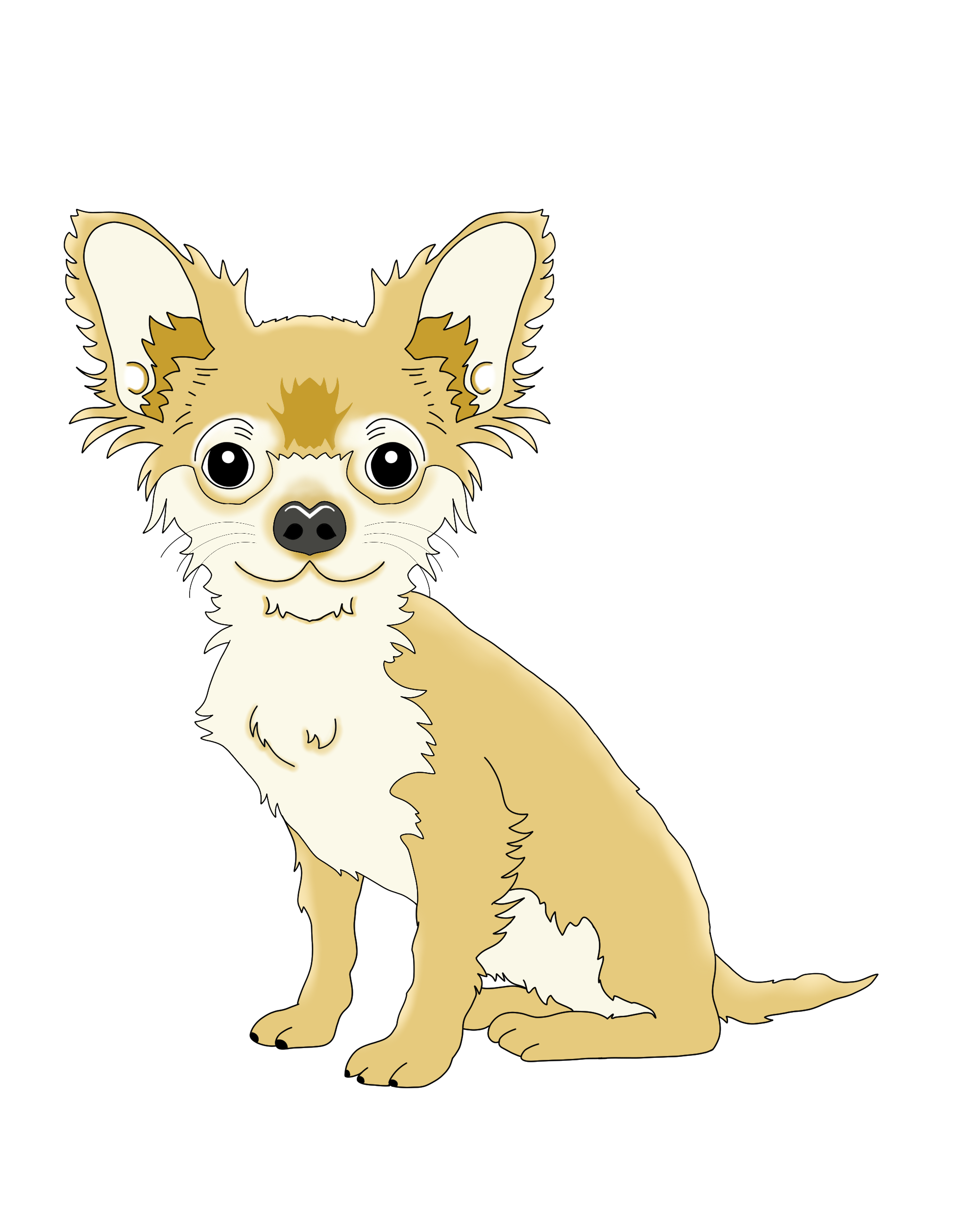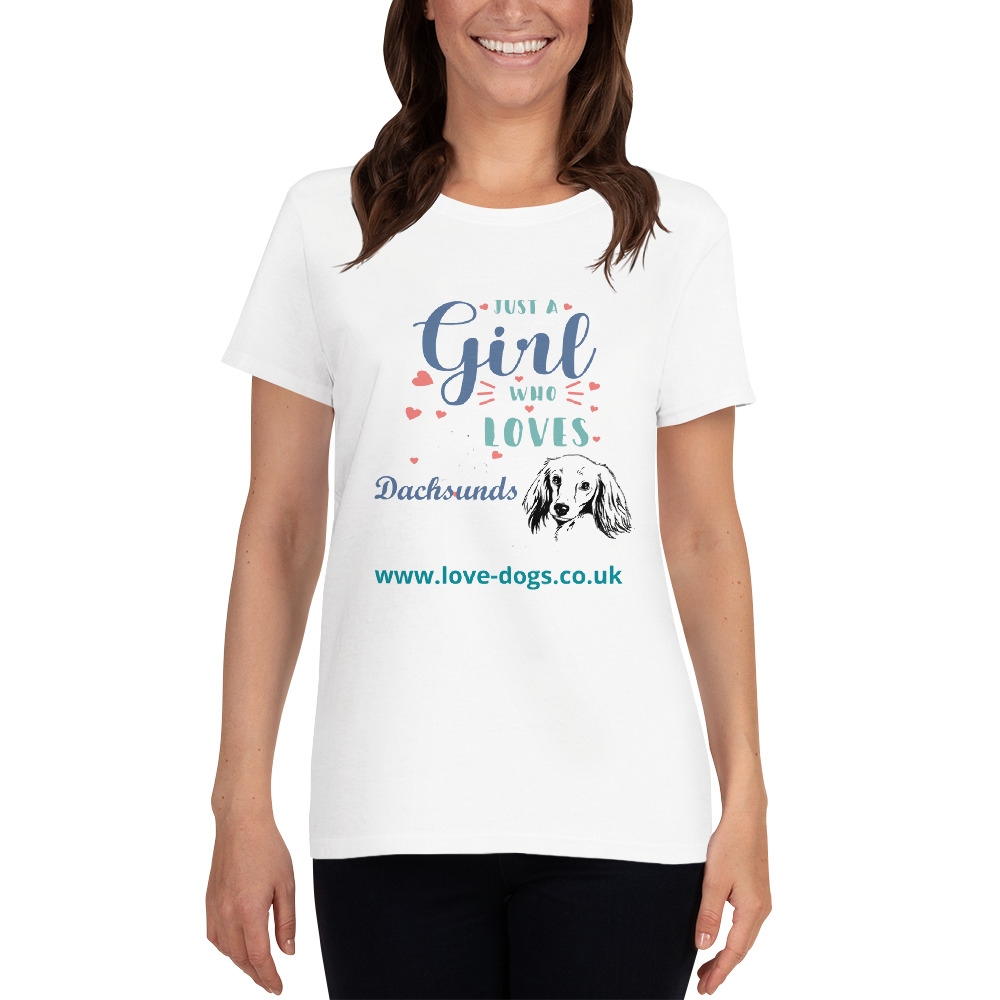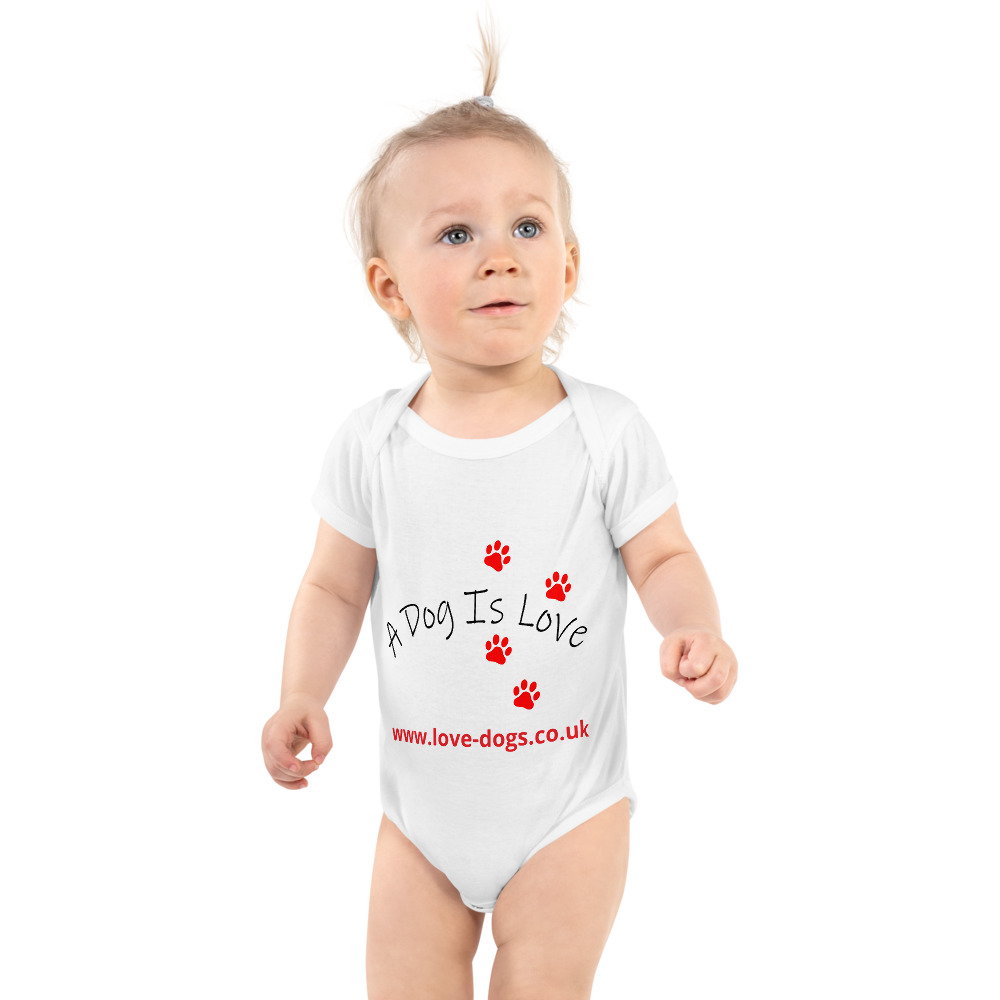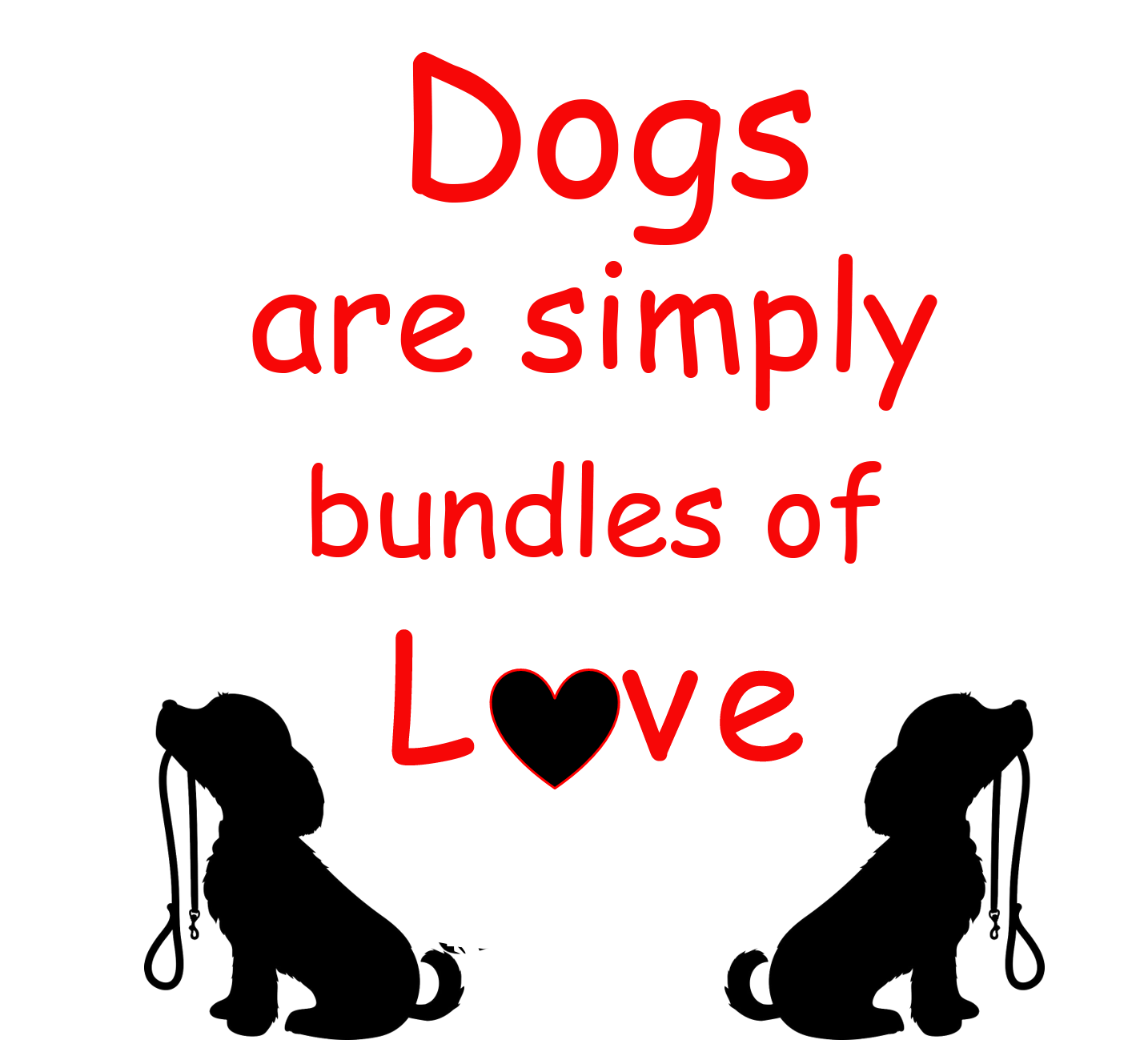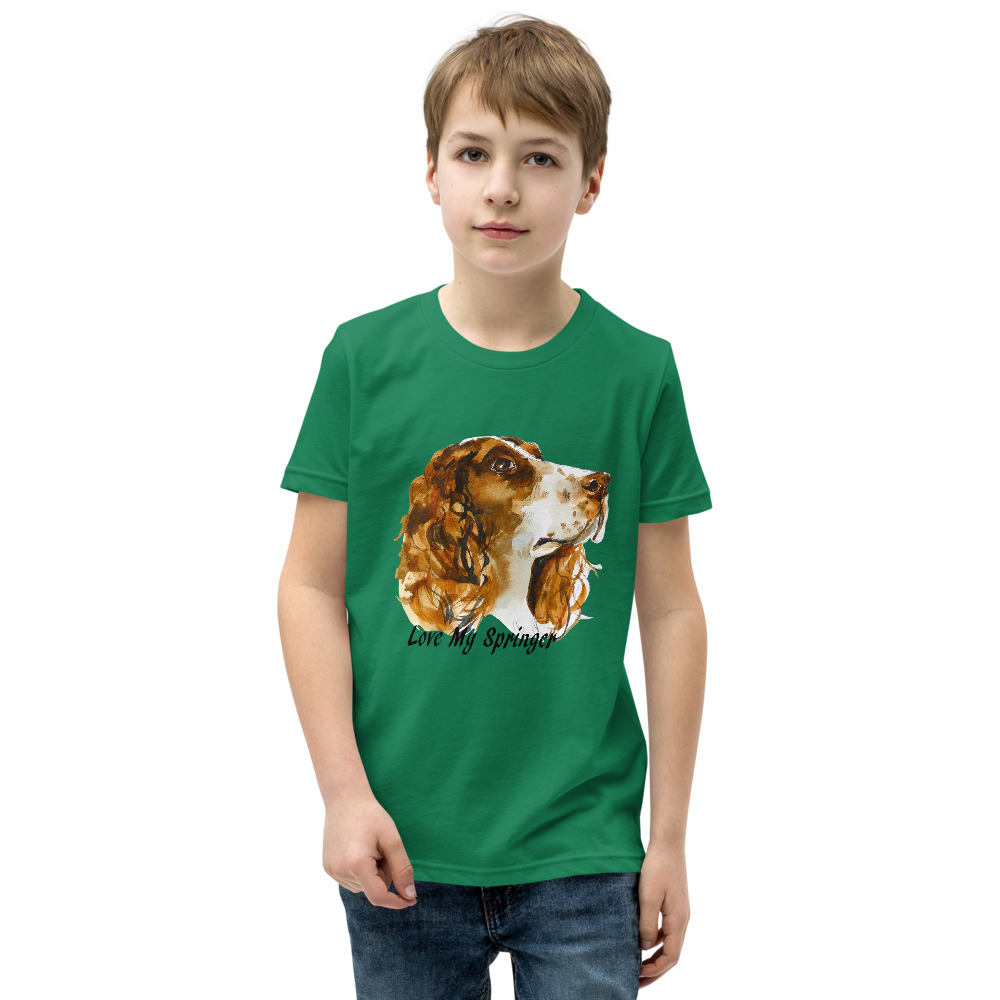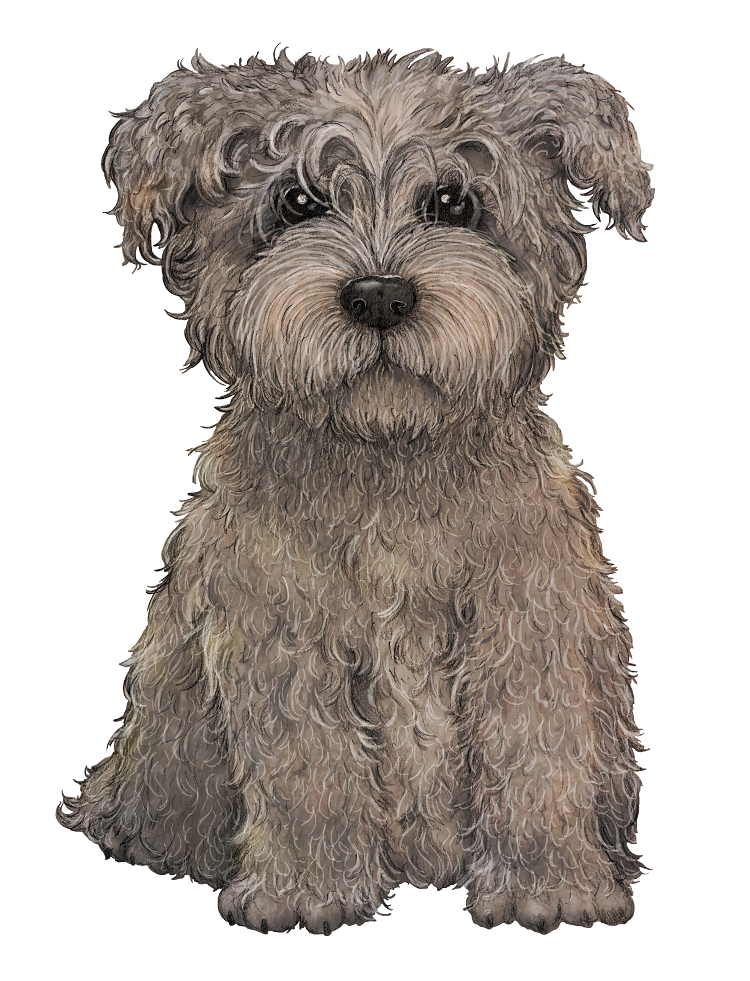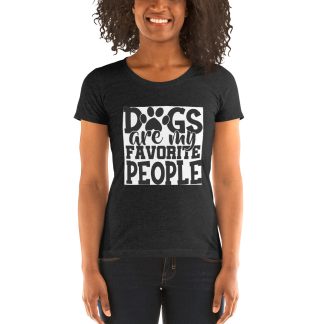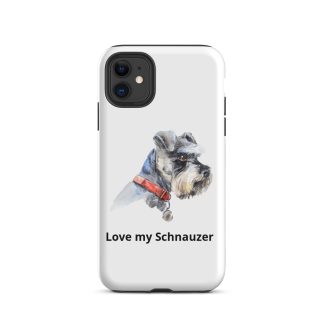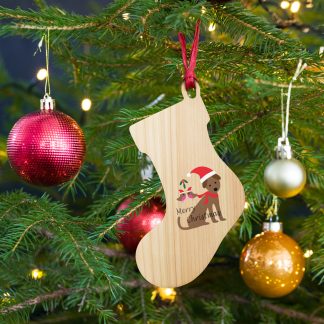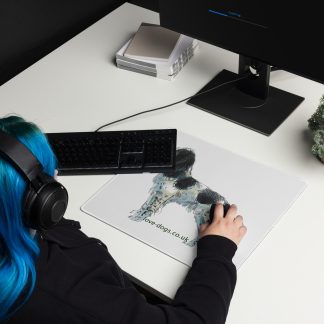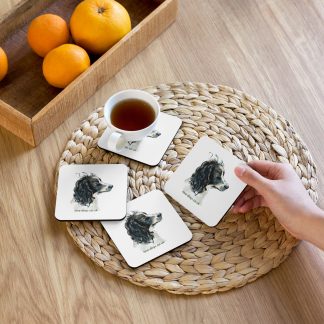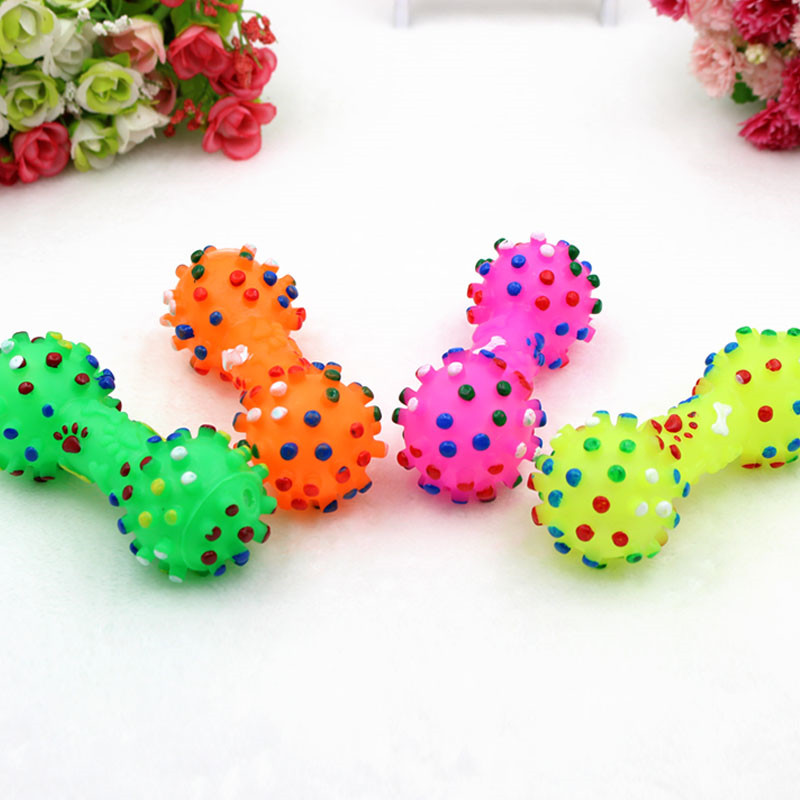
Chewing is something that comes naturally to every dog. Every dog feels the instinctual need to sharpen its teeth and hone his biting skills. Chewing on the right things, like specially designed chew toys for instance, can even help the dog clean his teeth and remove plaque.
Even though chewing is natural and healthy, that does not mean that the dog should be given carte blanche and allowed to chew everything in sight. It is vital for every dog to learn the difference between the things it is OK to chew on, like toys and ropes, and the things that are off limits, such as carpets, shoes and other items.
When working with a new puppy, it is advisable to keep the puppy in a small, puppy proofed room for at least a few weeks. This is important not only to prevent chewing but to properly house train the puppy as well.
Older dogs should also be confined to a small area at first. Doing this allows the dog to slowly acquaint him or herself to the smells and sights of the new household.
When you set up this small, confined area, be sure to provide the puppy or dog with a few good quality chew toys to keep him entertained while you are not able to supervise him. Of course the dog should also be provided with a warm place to sleep and plenty of fresh clean water.
As the dog is slowly moved to larger and larger portions of the home, there may be more opportunities to chew inappropriate items. As the dog is given freer access to the home, it is important to keep any items that the dog or puppy should not chew, things like throw rugs, shoes, etc. up off of the floor. If you forget to move something and come home to find that the dog has chewed it, resist the urge to punish or yell at the dog. Instead, distract the dog with one of its favorite toys and remove the inappropriate item from its mouth.
The dog should then be provided with one of its favorite toys. Praise the dog extensively when it picks up and begins to chew its toy. This will help to teach the dog that it gets rewarded when it chews certain items, but not when it chews other items.
Teaching the dog what is appropriate to chew is very important, not only for the safety of your expensive furniture and rugs, but for the safety of the dog as well. Many dogs have chewed through dangerous items like extension cords and the like. This of course can injure the dog severely or even spark a fire.
Most dogs learn what to chew and what not to chew fairly quickly, but others are obviously going to be faster learners than others. Some dogs chew because they are bored, so providing the dog with lots of toys and solo activities is very important. It is also a good idea to schedule several play times every day, with one taking place right before you leave every day. If the dog is thoroughly tired after his or her play session, chances are he or she will sleep the day away.
Other dogs chew to exhibit separation anxiety. Many dogs become very nervous when their owners leave and some dogs become concerned each time that the owner may never come back. This stress can cause the dog to exhibit all manners of destructive behaviour, including chewing soiling the house. If separation anxiety is the root of the problem, the reasons for it must be addressed and the dog assured that you will return.
This is best done by scheduling several trips in and out of the home every day and staggering the times of those trips in and out. At first the trips can be only a few minutes, with the length slowly being extended as the dog’s separation anxiety issues improve.

